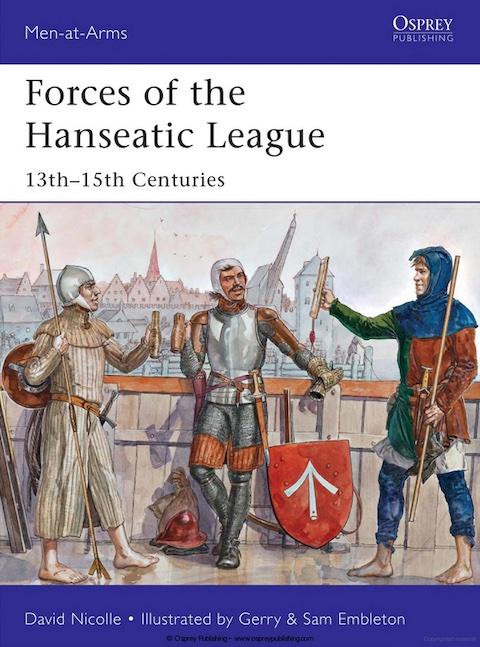
“Serious business with long-term partners” ~ Hanseatic League motto
By Catherine Austin Fitts
In my experience, the people who rule the world think and plan in long time horizons. As they shift the governance and economic models, I am increasingly interested in looking back through history to see what models have been successful. Despite new and creepy technology, planetary leadership is likely to draw on ancient or medieval models both here and in space.
In recent history, sovereign governments have ruled places. However, if you go back before the Treaty of Westphalia in 1648, which established the principle that physical force should be the monopoly of a sovereign nation, we find different practices. There have been periods when merchants and their associations or corporations ruled significant areas and astonishing amounts of world trade. Merchants, investors, and corporations historically have also financed and fielded armies, mercenaries, and covert operations.
One of the most interesting governing and economic bodies of medieval times was the Hanseatic League—a trading association that dominated Northern Europe between the 13th and 17th centuries. The League emerged from efforts by German merchants and towns to cooperate on economic matters, including protection from pirates and other criminals that preyed on traders and their towns and assets. From these efforts emerged a common legal system and mutual defense practices that built the League into a formidable political organization from the 13th to 15th centuries. The League governed a network that reached from Scandinavia through Northern Germany and the Netherlands and extended with representative offices throughout Europe.
The League’s leadership in the salted cod trade meant that League ships could leave their ports with a store of protein that could last for many years – whether to trade or to feed hard-working sailors. Trading inland, good sources of salt were essential.
I read Forces of the Hanseatic League to learn more about how a merchant association dealt with creating and managing private navies and armies and the application of and protection from physical force. As it turns out, fear of the Danes was part of the inspiration for the early organization. Medieval history was a see-saw back and forth between the economic attractions of war versus trade. As Jack Ma once said, “When trade stops, war starts.”
The Church played a larger part than I had expected, including in military matters. One of the practices of the League that gave it economic and political strength was that ownership of ships was often syndicated widely to people from all classes. Resilience was important – the ideal trading ships and sailors could convert to warlike sea power if need be. I am reminded of the story in the Book of Nehemiah in the Bible; the people rebuilding Jerusalem’s wall had to hold a tool in one hand and a weapon in the other.
My pile of additional books on the Hanseatic League awaits. There is a lot more to learn. I keep thinking of my visit to the Oregon Shakespeare Festival to see the bard’s history play, The Life and Death of King John. After watching the aristocrats, royals, and Vatican representatives squabble from beginning to end, I thought, “It’s more than 800 years later and not much has changed.”
Solari Book Reviews:
Book Review: The Edge of the World by Michael Pye
Book Review: The Modern Mercenary
Book Review: The New Rules of War
Related reading:
Hanseatic League (Wikipedia)
North Sea (Wikipedia)
